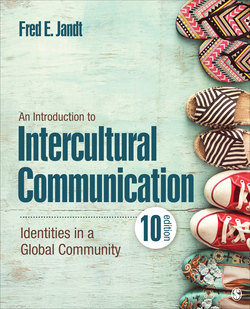Читать книгу An Introduction to Intercultural Communication - Fred E. Jandt - Страница 121
На сайте Литреса книга снята с продажи.
Focus on Technology 3.2 Web Design in Low- and High-Context Countries
ОглавлениеWürtz (2005) compared McDonald’s websites in high- and low-context countries. She demonstrated that websites in high-context countries use more animation, images that promote collectivism, products shown in use by individuals, links that promote an exploratory approach to navigation on the website, and sidebars and menus that open new browser windows. The websites in low-context countries use less animation and fewer images that promote individualism or portray lifestyles of individuals; navigation is clear and redundant, and there are few sidebars and windows.
Later, Kim, Coyle, and Gould (2009) compared the design features of South Korean and U.S. websites and found consistent results. The Dongsuh Corporation is a major food manufacturer and importer. Like many South Korean sites, the Dongsuh site at the time of their study included animation, streaming video, clickable images, rollover navigation bars, and pop-under windows. An embedded video of a man and woman enjoying a cup of coffee rotated continuously. Five animated circles grew larger when rolled over, and one of these circles included circles within it that also grew larger when rolled over. The navigation scheme included two navigation bars and two pop-under windows. Compared to the Dongsuh site, the Procter & Gamble (P&G) site at the time of their study had much less animation, and the animation was much more subdued. Unlike the Dongsuh site, the P&G site relied on static navigation bars. The P&G site did not utilize pop-up windows, streaming audio, or streaming video.
After their analysis of 200 South Korean and U.S. corporate websites, Kim and colleagues concluded that low-context countries, such as the United States, relied more on less arbitrary textual formats and that high-context countries, such as South Korea, relied more on more ambiguous visual formats.
